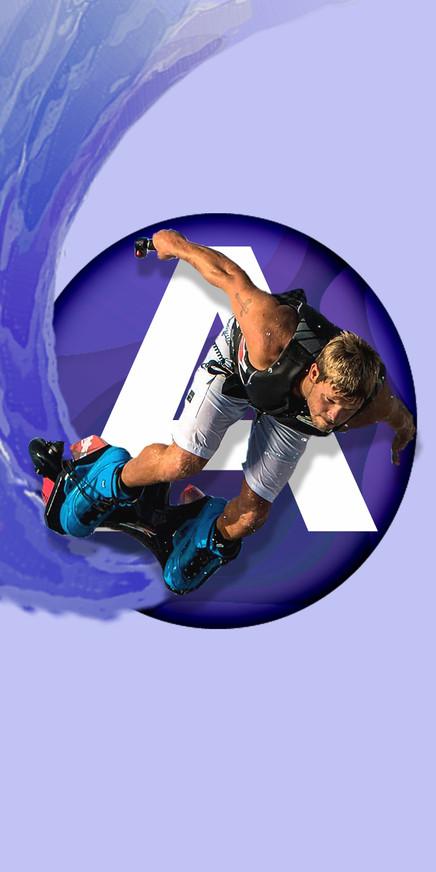FRANKY ZAPATA: HIS LIFE, DISCOVERS AND FEATS
- Riccardo Aimerito
- Apr 22, 2021
- 3 min read
Over the years, technology has made increasingly astonishing improvements, defying the laws of physics and making something mind-blowing appear so simple and natural. Who has never dreamt of being able to fly in total freedom looking at the world from different perspectives?
Franky Zapata, a French motorboat pilot and inventor, has turned this dream into reality.

WHO IS FRANKY ZAPATA?
Born in Marseille in 1978, son of a public works contractor and a hairdresser, at the age of sixteen, in 1994, Zapata began practising jet skiing.
In 1996 he gained his first French championship title, in 1999 his first European title and in 2007 his first world title.
He would go on to be an F1 RUN world champion several times, winning a total of twenty medals in his career.
After years spent racing and manufacturing jet skis and after funding the company "Zapata Racing", Franky decided to take a step forward and invent the Flyboard.
WHAT IS A FLYBOARD, YOU MAY ASK?
The Flyboard is a particular piece of equipment that allows you to perform incredible evolutions on water. It’s made up of multiples components:
A board for feet, on which are grafted special boots that receive the thrust resulting from the pressure of the water;
In addition to the board, technical jackets that allow propulsion in the air or underwater are fundamental elements of the Flyboard;
Lastly the watercraft: although in most cases it’s the engine of the watercraft that provides the propulsive force, some variants of the Flyboard can be used alone, without the help of a companion on the same vehicle.
From the first prototypes in 2011 to the current models available for purchase or for rental, progress has been made in getting the Flyboard more and more suitable for enthusiasts and people approaching this amazing world for the first time. Therefore, today, the Flyboard can be easily used also by those who do not have much experience in water sports.
As the months went by, the Flyboard variants multiplied and improved.
There are two most popular versions: the original one, which requires the involvement of two people, one on the watercraft and the other on the Flyboard and a more alternative version, which allows riders to use an independent driving system, managing the jet ski from a distance. This enables them to move around on their own, without being accompanied by others.
THE DARING FEATS OF FRANKY ZAPATA
In 2019, Franky Zapata decided to attempt a task that no one had ever accomplished before: crossing the English Channel with his best prototype, the Flyboard Air. It is an improved version of its predecessor, powered by gas turbines and therefore able to fly for 10 minutes at an altitude of 3,000 metres and at a maximum speed of 200 km/h (93 mph).
The first attempt was on 25 July 2019, but it was a failure as Franky fell into the sea. However, the second try, on 4 August 2019, was the lucky one: escorted by French army helicopters and using an additional fuel tank placed in his backpack, he met the challenge. Covering 35 kilometres (22 ml) in 20 minutes, with only a refuelling stop halfway through, Zapata reached the record speed of 177 km/h (110 mph).
THERE IS NO STOPPING ZAPATA.
Franky Zapata's genius was not limited to designing the Flyboard. His inventions are numerous and can be used in various fields. Here are the most interesting ones.
Flying car
The Zapata team has announced that they are working on the development of a flying car. To be precise, it is inappropriate to call it a 'car' since it would have no wheels, it would be powered by paraffin and it would be fitted with a dozen turbines, which would enable this vehicle to take off and change direction. This “flying car”, which looks like a minivan, is designed for passenger transport, it could reach a speed of 300 km/h and has a driving range of 70 km.
The Zapata website has also announced the arrival of another invention called “Jetracer”. Combining the design of a drone with that of a racing car, this flying engine is the fastest the company has ever created.
The tech world is excited to see what Zapata and his team have in store for the next few years and, who knows, maybe in the future we'll be driving one of his inventions to get around on a daily routine.
Article by
Graphics by













Comments